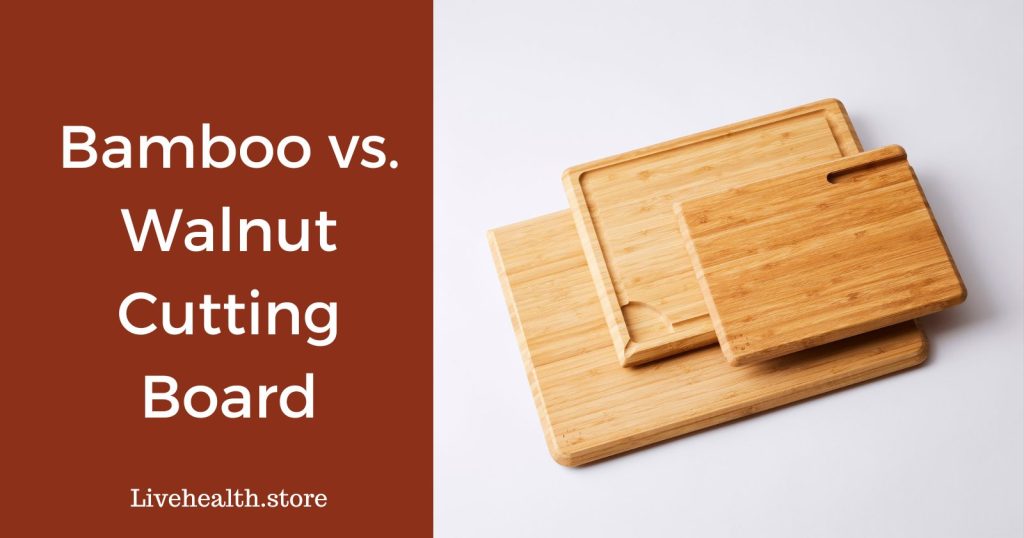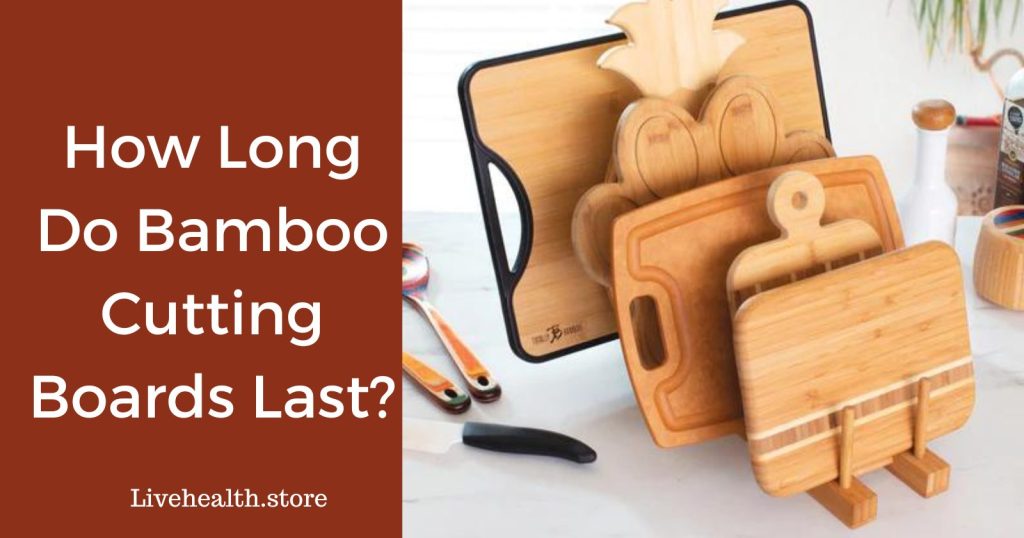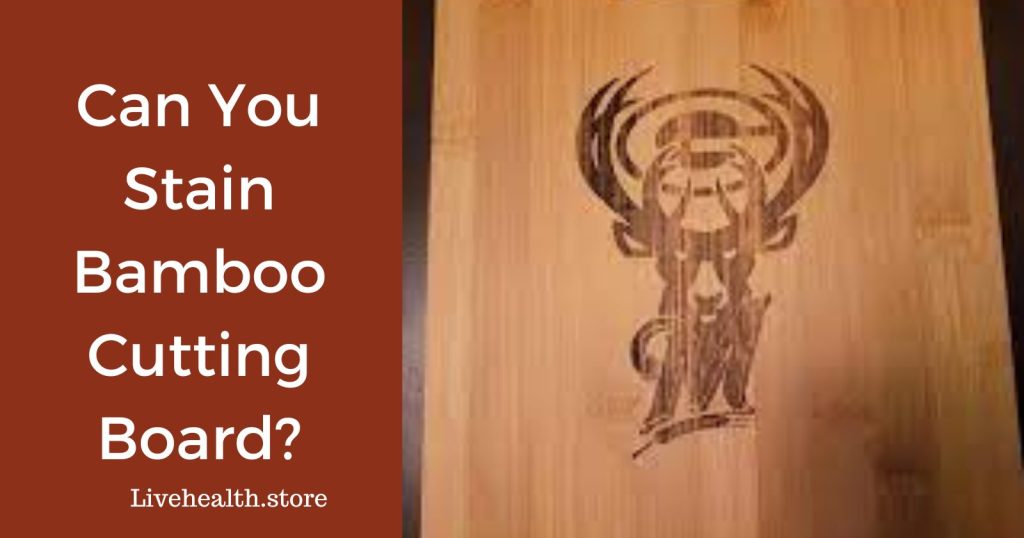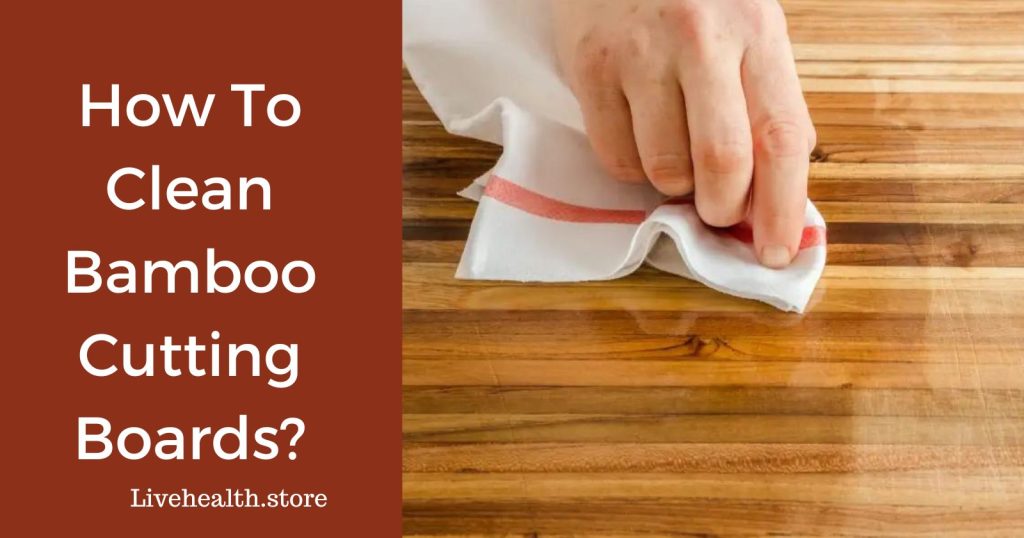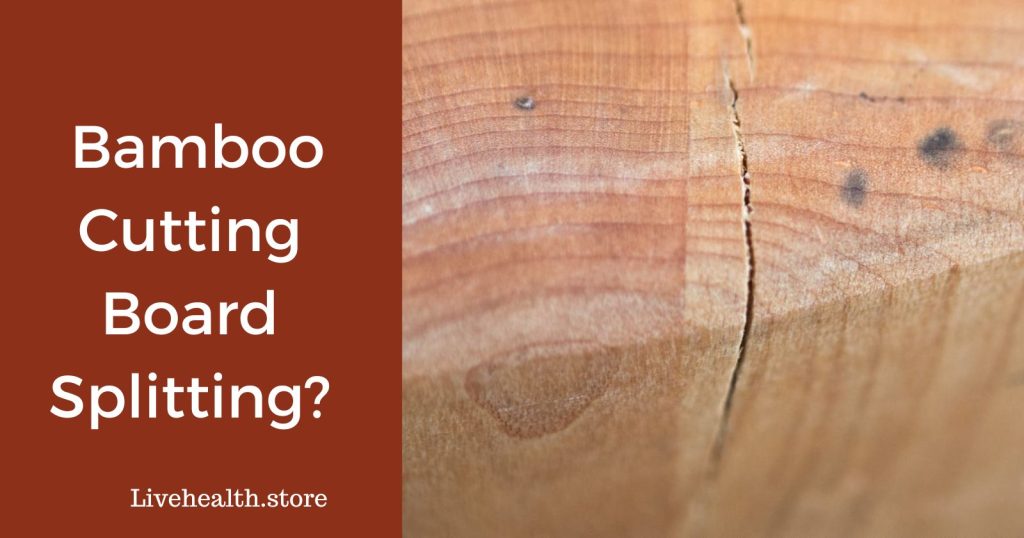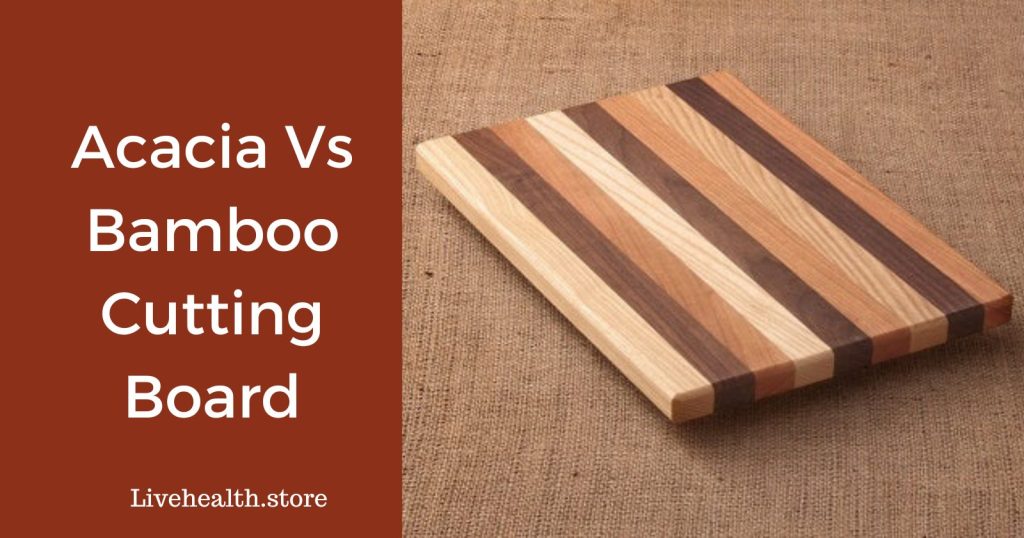Olive Oil Magic: Caring for Your Bamboo Cutting Board
Bamboo cutting boards are a popular choice for many home cooks and professional chefs alike. They are durable, eco-friendly, and aesthetically pleasing. However, like any other kitchen tool, they require proper care and maintenance to ensure their longevity.
One common method of maintaining a bamboo cutting board is by treating it with oil. While mineral oil is the most recommended option, some people may wonder if olive oil can be used instead.
In this guide, we will explore the pros and cons of using olive oil on a bamboo cutting board and provide a step-by-step guide on how to properly treat your board.
Why Oil Your Bamboo Cutting Board?
Oiling your bamboo cutting board is essential for several reasons:
- Prevents Drying and Cracking: Regular use and washing can cause the bamboo to dry out, leading to cracks and splits. Oiling helps to moisturize the board and prevent these issues.
- Creates a Protective Barrier: Oiling creates a barrier that helps repel water and prevent the board from warping.
- Enhances Appearance: Oiling brings out the natural beauty of the bamboo, making it look more vibrant and appealing.
- Prevents Odors and Stains: Oiling helps to prevent the absorption of strong odors and stains from foods like garlic, onions, and beets.
Can You Use Olive Oil on a Bamboo Cutting Board?
While olive oil is a popular choice for cooking, it is not the best option for treating a bamboo cutting board. Olive oil can leave a sticky residue on the board and may eventually turn rancid, leading to unpleasant odors and flavors. Additionally, olive oil can go bad over time, which can negatively affect the quality of your cutting board.
Instead, it is recommended to use food-grade mineral oil, which is a non-toxic, odorless, and tasteless oil that is safe for use on cutting boards. Mineral oil is a better choice because it does not go rancid and provides a protective barrier without leaving a sticky residue.
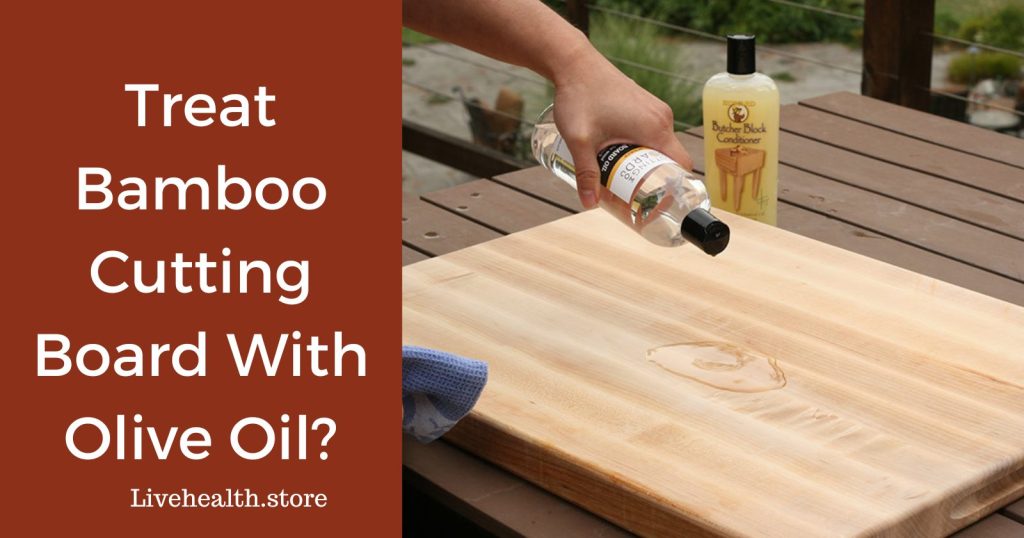
How to Treat Your Bamboo Cutting Board with Mineral Oil?
- Clean the Board: Before oiling, make sure your bamboo cutting board is clean. Wash it with warm soapy water, rinse thoroughly, and dry it completely.
- Sand the Surface: If your board has any rough or splintered areas, sand it down with fine-grit sandpaper until smooth.
- Apply the Oil: Pour a small amount of food-grade mineral oil onto a clean cloth or paper towel. Rub the oil onto the board in the direction of the grain, making sure to cover the entire surface, including the edges.
- Let it Soak: Allow the oil to soak into the board for at least 20 minutes. If the board still looks dry, apply another coat of oil.
- Remove Excess Oil: Wipe off any excess oil with a clean cloth or paper towel.
- Repeat Regularly: It is recommended to oil your bamboo cutting board once a month or as needed, depending on how often you use it.
Alternative Oils for Bamboo Cutting Boards
If you prefer not to use mineral oil, there are other options available:
- Beeswax and Mineral Oil Mixture: A mixture of beeswax and mineral oil can provide a more durable and water-resistant finish.
- Walnut Oil: Some people use walnut oil to treat their cutting boards. However, it is essential to note that walnut oil can cause allergic reactions in individuals with nut allergies.
- Commercial Cutting Board Oils: There are commercial cutting board oils available that are specifically designed for treating wooden and bamboo cutting boards.
Conclusion
Proper care and maintenance of your bamboo cutting board are essential for its longevity and performance. While olive oil is not the best choice for treating a bamboo cutting board, food-grade mineral oil is a safe and effective option.
Hi there, I’m Sam Billings, and I’m all about sustainability. Running a printing business is my thing, but my real passion is preserving nature. That’s why I run the Live Health blog, where I focus on Bamboo plants and their eco-friendly goodness.

